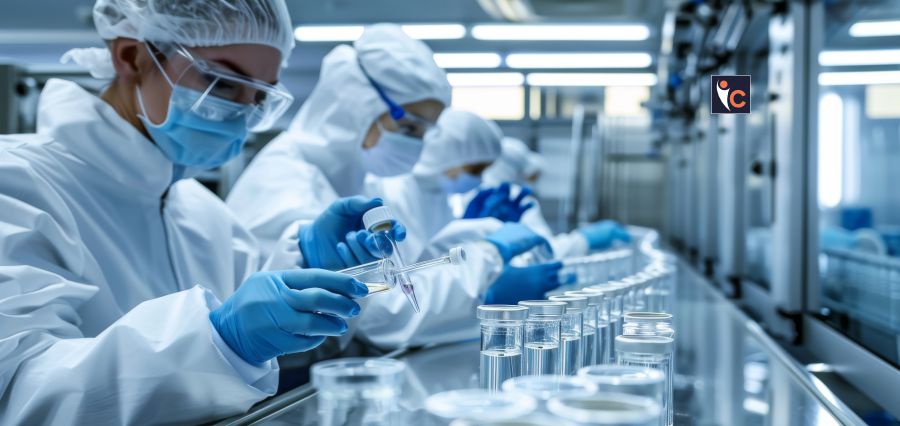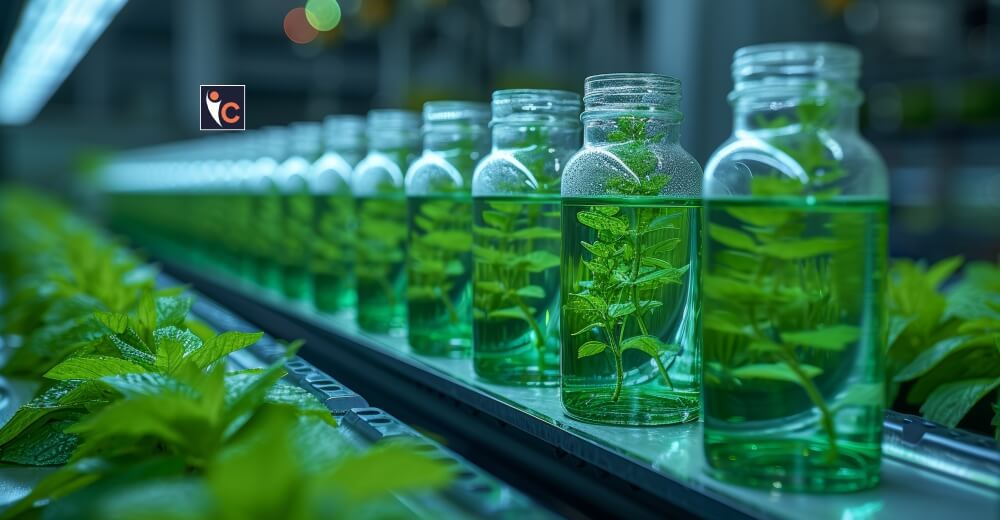Investing in the Future
Pharmaceutical sector has always played an important role in introducing improved methodologies and altering people’s lives across the globe. Investment in research and development is the key activity within this sector as it focuses heavily on developing new treatments and enhancing existing ones. Various factors display shifts in demands in the field eventually charting the course for growth in the field. As the sector matures it is important to note these trends and understand how they will affect investment and the direction of the healthcare field in the future.
Let’s discuss the major trends that dominate R&D in the field of pharmaceuticals!
Artificial Intelligence and Machine Learning
This shows that one of the fastest-growing fields in pharmaceutical R&D is the AI and ML implementation. These technologies are being utilized in rational drug design, data mining, and in decision making processes. The traditional method of searching for new drugs involves a long and often costly methods, which maybe take years of research and clinical trials. AI and ML algorithms are capable to reduce this time and point to the most effective drugs and those which have high chances to act in clinical trials.
Artificial intelligence can also be used to forecast the performance of a new drug by drawing on data gathered from patients’ records, genetic information, and results of previous trials. This makes it easier to find what is being sought after and while saving costs and time, the chances of getting a positive result are high.
Personalized medicine
Personalized medicine has recently emerged as a phenomenal concept because of the enthusiasm in genomics and biotechnological fields. Traditional therapies are generally for general populations, while those of personalized or targeted therapy are intended to be customized to fit one’s genomic makeup, habits, and other factors. The deficiency in patient specific biomarkers is the primary cause of failed therapies, and if researchers take into consideration the various features within different patients, therapies will be tailored to suit the patient as well as possess fewer side effects.
The move toward more precision medicine is most profound in some specialties such as oncology and the results have been promising. Traditional medicine only had the one side fit all approach, while with personalized medicine, patients stand to benefit from improved health outcomes. Pharmaceutical’s R&D targets early intervention with disease-specific treatments that are based on genetic testing, biomarkers, and patient characteristics.
Biologics & Biosimilars
Pharmaceuticals expressed from living organisms known as biologic drugs are another sector that is increasing in the R&D of the industry. These drugs come in handy in diseases that were difficult to treat using conventional chemical drugs such as autoimmune diseases, cancer and chronic illnesses. But as additional biologic therapies enter the market, biosimilars – which are vastly similar copies of original biologic treatments – are also becoming popular.
They are cheaper counterparts of pricy biologic therapies with similar safety and effectiveness attributed to them. This trend is beneficial for patients and helps them get to know about the latest therapies available in the market, especially in areas that may not have cheap medical facilities. As the cost of new drugs remained high and exclusionary, the manufacturing of biosimilars and subsequent approval by the regulatory authorities became an object of interest for pharmaceutical companies.
Rapid Approval by Regulatory Authorities
In this respect, the pharmaceutical industry is continuously expanding the frontiers of innovation and in parallel, regulatory authorities are too. The introduction of fast-track approval pathways for some drugs particularly where there are significant unmet medical needs is making it possible for life-saving medicines to get to patients faster. This has had a great effect on R&D, converging pharmaceutical corporations to fund cures to terrible medical crises.
Collaborative R&D Efforts
The model of operation is shifting to a model where collaboration is the primary means of achieving success in the development of pharmaceutical drugs. With development of drugs becoming sophisticated, more and more companies are collaborating with academic and technology partners, and other market participants to exchange information, capital, and skills. Such strategies enable organisations to access other talent and technologies for speeding up the drug discovery methods and achieving better results.
Such approaches should be taken in the context of developing treatments for rare diseases, as such diseases affect few people, and the corresponding research typically requires significant investments. When people join their resources together they may be able to look into new therapeutic areas that would have been out of reach with an individual company’s financial and/or skill set.
In Conclusion,
The future of the pharmaceuticals industry clearly depends on its capacity to align to the new patterns in the arena of R&D. Right from adopting artificial intelligence and precision medicine to the breakthroughs in biologics and the devices for drug delivery and the changes in the regulations governing the industry, the sector is poised for change. These trends that have the potential of yielding improved treatments also point to a future of healthcare system that is personalized, efficient and linked.
R&D is no longer about simply coming up with next drug, it’s about preparing for the next paradigm shift, the one your company has not yet been able to envision. The prospects for growth of pharmaceutical R&D will remain the key to the future development of the field and to the enhancement of the condition of millions of patients.










